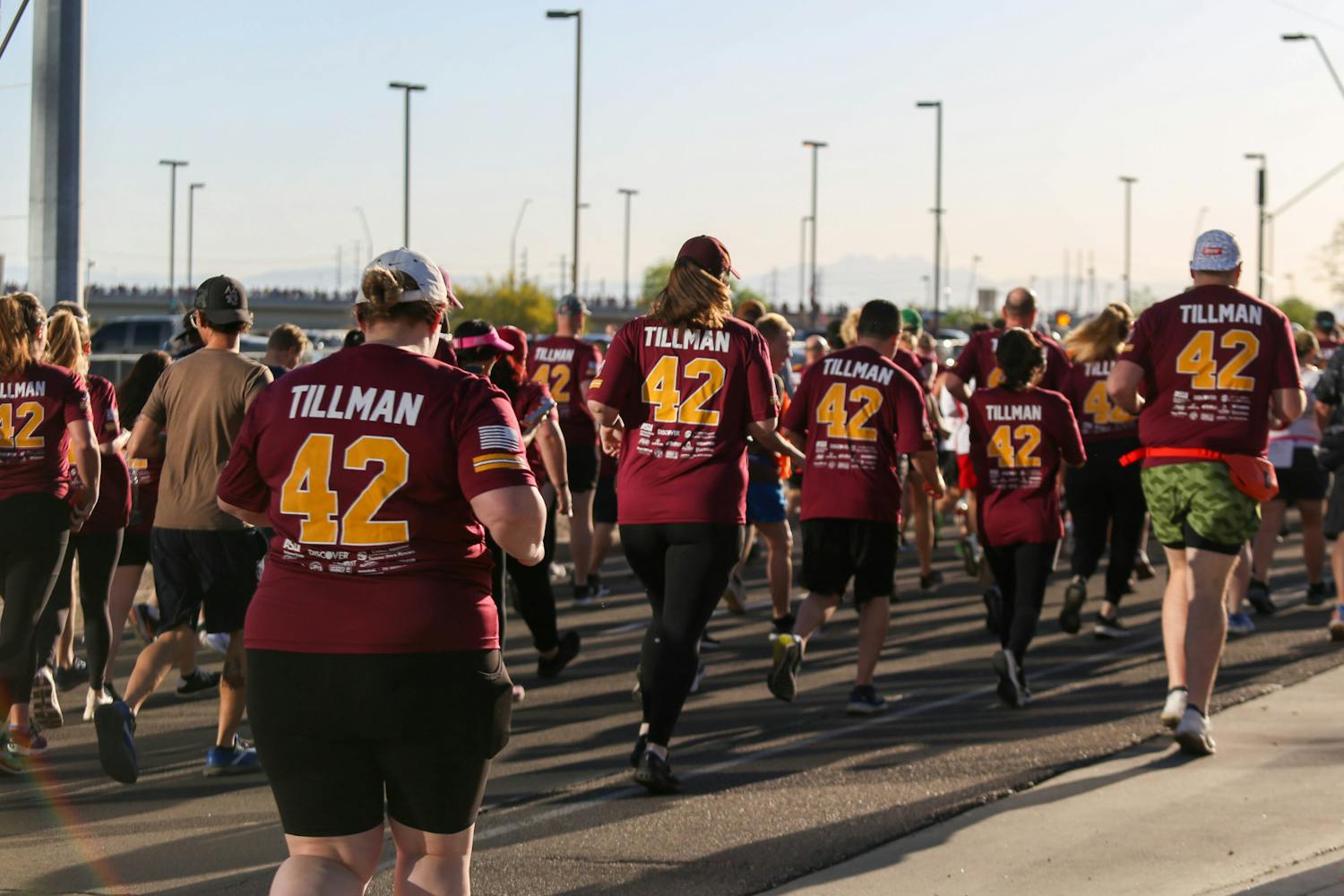Located a mere hour from central Phoenix, Arcosanti is an "experimental new town" set on being a blueprint for how society could adapt to the ever-increasing need to remain sustainable in cities. Arcosanti prides itself on its eco-minded architecture in an attempt to combat the effects of not just urban spawn, but over reliance on energy resources. In addition, the community hosts a wide variety of events open to the public all throughout the year.
Going forward, the inhabitants of Arcosanti wish to preserve the vision of the founder, Paolo Soleri, by expanding the town and continuing to keep the dream of the architectural utopia alive.
Alfred Varela:
Nestled in the heart of the arid Arizona desert sits not just a community, but an experiment. Spearheaded by an Italian-American architect in the latter half of the 20th century, Arcosanti, since its inception, has stood as a monument to the optimistic, and evidence to the doubtful, that the sustainable, efficient, and forever promised city of the future is possible. The best part, it’s only an hour and 15 minute drive from campus.
Jeff Stein:
I’m Jeff Stein and architect and co-president of the Cosanti Foundation, this urban research organization that was begun in the 1960’s in Paradise Valley, Arizona by Paolo Soleri. Arcosanti is kind of an experimental new town about 70 miles north of Phoenix. It started in 1970. It seems like if you’ve ever visited this place we’re part of the slow architecture movement because while we’re trying to model a town for a couple thousand people, so far after some 48 years of construction here, about 80 people live here year-round and there about 50,000 tourists who visit us annually. Interestingly we’re a center for the performing arts in Arizona. So we have a quite a powerful performing arts season that goes from April through November up here. And in fact, if you visit you’ll see that the arts are really a central part of the architecture here.
Alfred Varela:
But what is it about this albeit small, but famous town that draws in 50,000 people every year? For answer that, we must look to how Arcosanti came to be. And that story cannot be told without, mentioning the Paolo Soleri. The man who not just founded the community, but laid the bedrock for what he saw as the sustainable evolution of cities. After immigrating here in from Italy, as a young Architecture student, Soleri worked under the wing of Frank Lloyd Wright developing his skills for nearly a year and a half. From there, Soleri worked on a variety of projects throughout the central Arizona region in conditions that would eventually lead to him envisioning the community we now know as Arcosanti.
Jeff Stein:
For the first three years of Paolo Soleri’s professional life, he lived out of doors. Not surrounded by four walls and a roof and getting all of his information from a flat screen, but really out in the Sonoran Desert. And as a result, this fellow developed a really rich sense of the Sonoran Desert, not just an intellectual idea of how it works but a visceral sense of both its fragility and its richness. Soleri decided to construct a model town that would really be able to show how we might, as a species, be able to live together in an intense and exciting urban environment and just outside that contained urban environment would be the natural landscape.
Alfred Varela:
After Soleri’s death in 2013, the community, which is funded by tourists, workshops, and their one of a kind wind-chime business, continues to preserve his vision by expanding Arcosanti, as well as continuing to perfect his designs.
Jeff Stein:
Yes, Arcosanti continues to expand and we’re imagining that over the next few years, we have a strategic plan that helps us develop some more large scale construction here. Paolo Soleri was an architect and quite a wonderful one too, but his particular focus was how to create memorable space and he did that in a really powerful way here at Arcosanti.
Alfred Varela:
But how was Soleri’s vision put into action? What does Arcosanti do differently compared to a structure of the same size in say, Phoenix? Well for starters, Arcosanti uses about ⅕ of the energy a building of a similar size in a commercial or residential area in Phoenix would. Arcosanti prides itself on its ability to harness the sun’s energy to retain heat for the buildings as well as its occupants, as well as its ability to utilize sun shades over conventional cooling devices to maintain adequate temperatures. If you’re an ASU student looking for road trip possibilities and want a glimpse at what the future of sustainable living could look like, just remember that Arcosanti is closer to campus than you may realize. Allow Mr. Stein to explain in his own words, why he believes any ASU student should make the trip.
Jeff Stein:
Well, Arcosanti of course now is part of the history of Arizona. Some 8,000 people from all over the world have been attracting to come to this place and be part of the construction workshops that have built it so far. Those workshops continue and if you’re going to live in Arizona, you better know about this place, because it is one of the attractions leading to this region taking a lead in how were going to be living in the future. So come on up. It’s a beautiful place, it’s a beautiful landscape. You can hike around, you can experience this architecture and this place which is like no other on Earth at the moment. And if you’re going to be alive in Arizona you ought to have this experience.
Alfred Varela:
For the State Press, I’m Alfred Varela.
Reach the reporter at amvarel3@asu.edu and on Twitter @avstatepress.
Like State Press on Facebook and follow @statepress on Twitter.




